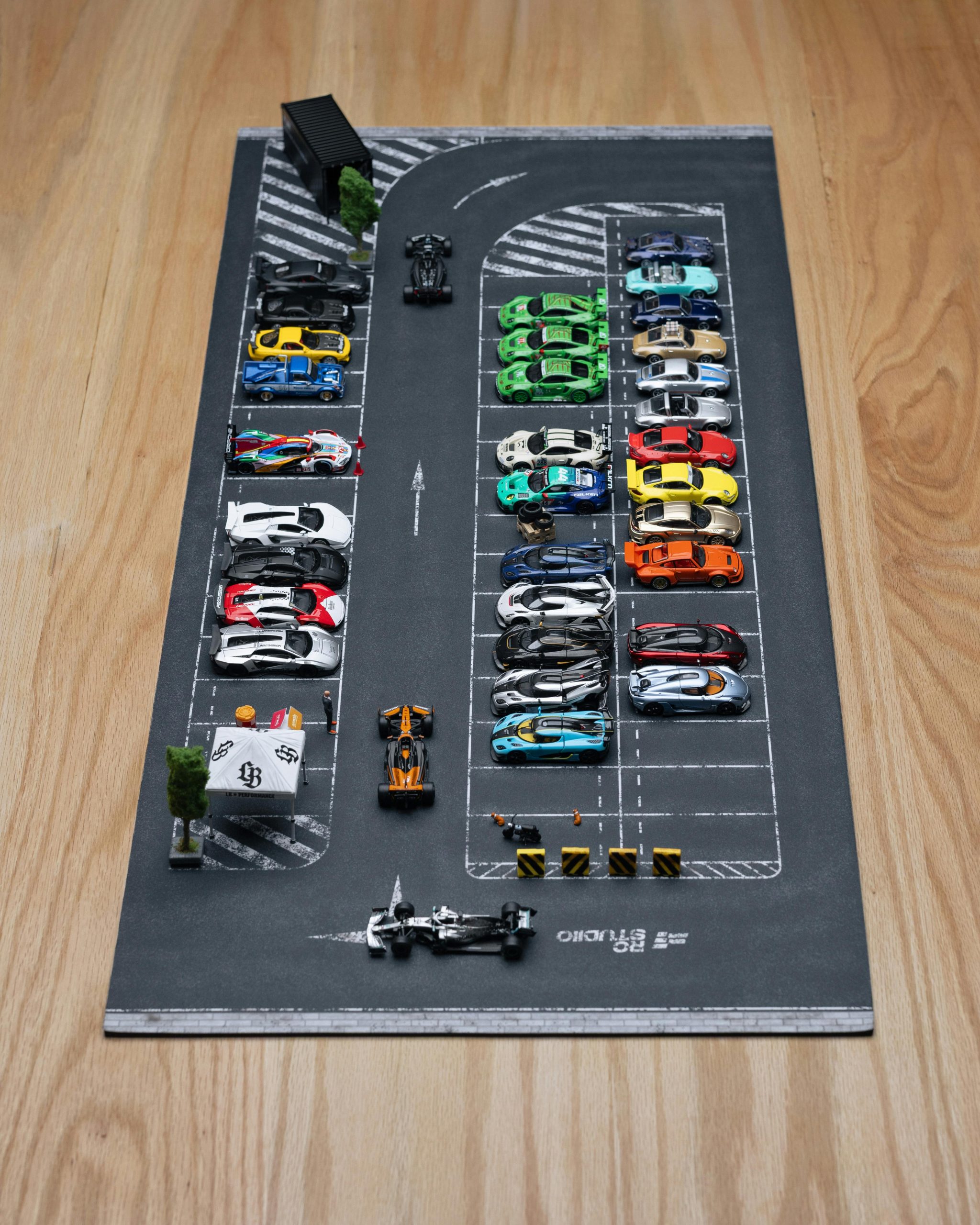In today’s visually driven world, the ability to convincingly present ideas and products before they even exist is a decisive advantage. Mockups have become essential for designers, entrepreneurs, and marketers, transforming abstract concepts into tangible previews. Whether unveiling an upcoming app, exploring branding on packaging, or visualizing t-shirt designs, mockups offer clarity and immediate impact through a single, compelling image.
What is a mockup?
A mockup is a detailed visual representation that simulates how a product or design will appear in reality. Unlike basic wireframes or sketches, mockups incorporate colors, textures, and proportions to provide a nearly finished look. They are particularly useful for presenting ideas to clients, stakeholders, or collaborators, offering a concrete sense of the final result before any production begins.
In parallel : How is edge computing reshaping marketing strategies in the UK?
Across creative fields—from marketing to industrial design—mockups serve as a vital bridge between concept and completion. By leveraging high-resolution images and realistic settings, designers can detect early flaws, experiment with variations, and gather feedback efficiently, all without investing in costly physical prototypes. For access to a wide assortment of templates and design assets, one can visit https://mediamodifier.com/mockups/all which features an extensive library for various creative needs.
Common types of mockups and their uses
Mockups fulfill a variety of roles across multiple industries. Each context demands specific templates and presentation styles, tailored to the product or project objectives. Their versatility and practicality make them indispensable in modern creative workflows.
This might interest you : How is edge computing reshaping marketing strategies in the UK?
Where are mockups most commonly used?
Product mockups are widely adopted by businesses aiming to preview branding on physical items. Designers use packaging mockups to evaluate label placement, material choices, and overall brand impact prior to printing. In the fashion sector, apparel and t-shirt mockups enable creators to showcase designs across different garment styles, colors, and scenarios—without producing every variant physically.
Advertising professionals rely on poster, flyer, and billboard mockups to visualize campaigns within urban environments. These representations help ensure legibility, color vibrancy, and aesthetic appeal at scale. Additionally, app and website developers employ device mockups to present digital interfaces on realistic screens, adding both context and professionalism to their pitches.
What makes a quality mockup?
The effectiveness of a mockup lies in its high-resolution images and authentic settings. Photo-realistic mockups minimize distractions, allowing viewers to focus purely on the design rather than technical imperfections. The availability of customizable templates further enhances value, enabling users to change designs, modify lighting or backgrounds, and adapt presentations to various contexts or brand standards.
Modern downloadable mockups often feature editable layers, flexible object placements, and precise perspective controls. These features support creative exploration and efficiency, making it easy to update presentations and impress clients or decision-makers quickly.
Benefits of using mockups in creative workflows
The increasing reliance on mockups is rooted in their practical benefits. They streamline communication between designers and stakeholders while reducing costs associated with physical samples. Integrating mockups into presentations expands creative options and allows for multiple iterations before finalizing artwork.
Today, free mockups have made professional visualization accessible for students and freelancers alike. Alongside advanced tools, these resources encourage experimentation free from budget constraints, which is crucial for startups or independent designers seeking to build strong portfolios.
- 🔑 Clearer communication with clients
- 💸 Reduced prototyping costs
- 🕒 Faster iteration cycles
- 🎨 Enhanced creativity through customizable templates
- 🖼️ Professional presentations using high-resolution images
How do mockup generators work?
The rise of mockup generators reflects the need for speed and convenience in design workflows. These platforms allow users to upload their artwork—such as logos, apparel graphics, or packaging layouts—and instantly display them in realistic settings. Advanced features like automated background removal, shadow effects, and angle adjustments lower technical barriers, making quick concept visualization accessible to all skill levels.
With both free and premium options, users gain access to extensive libraries ranging from fashion runways to retail shelves. This diversity supports niche presentations—like seasonal apparel/t-shirt mockups—as well as broader commercial uses with poster/flyer/billboard mockups for diverse marketing needs.
- ⚡ Instant visualizations with uploaded designs
- 📚 Extensive libraries of scenes and objects
- 🔧 Editable elements for tailored presentations
- 🆓 Free mockups alongside premium content
How to choose and use downloadable mockups effectively?
Selecting and utilizing downloadable mockups streamlines the preparation of design proposals and marketing materials. When choosing resources, prioritize resolution quality, ease of customization, and compatibility with editing software. Mockups featuring high-resolution images deliver crisp, professional visuals whether viewed digitally or printed, ensuring your projects always look their best.
Efficient file organization also plays a major role. Designers often categorize their mockups—such as apparel/t-shirt mockups, packaging mockups, or poster/flyer/billboard mockups—to simplify retrieval and align each template with specific project requirements.
| 🗂️ Category | 💼 Common uses | 🔍 Key features |
|---|---|---|
| Apparel/t-shirt mockups | Fashion brands, online stores | Editable colors, multiple garment types |
| Packaging mockups | Food, cosmetics, consumer goods | 3D views, label replacement |
| Poster/flyer/billboard mockups | Event marketing, advertising agencies | Urban settings, scalable formats |
Expanding creative boundaries with photo-realistic mockups
Photo-realistic mockups have set new benchmarks for visual storytelling. These advanced templates simulate lighting, textures, and reflections with impressive accuracy, creating results nearly indistinguishable from actual photography. Such realism builds trust during client presentations and helps concepts stand out in a crowded marketplace.
The same attention to detail elevates product mockups for e-commerce platforms and social media campaigns. Accurate visuals reassure buyers about colors, sizing, and materials, reducing uncertainty—a key factor in preventing abandoned carts or returns. Vivid, believable imagery not only boosts engagement but also increases conversion rates.
- 📷 True-to-life reflections and shadows
- 🔬 Fine texture details displayed
- 👍 Enhanced buyer confidence for e-commerce




